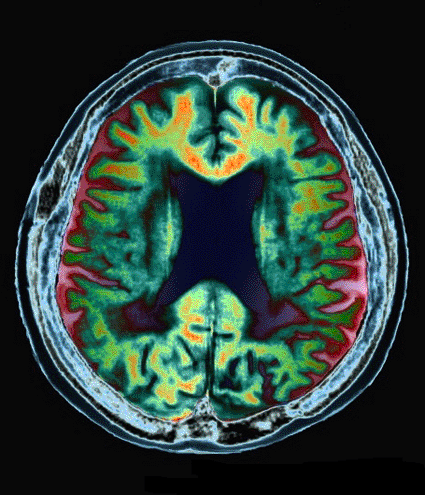Rapid MRI Analysis Method Developed to Diagnose Alzheimer's Disease
By MedImaging International staff writers
Posted on 29 Mar 2010
Finnish scientists have developed a method for analyzing magnetic resonance (MR) images in only a few minutes when diagnosing Alzheimer's disease (AD). The accuracy of the analysis is comparable to manual measurements made by skilled professionals, which are currently considered the most effective application for diagnosing AD. The accurate and rapid analysis method is well suited for clinical use.Posted on 29 Mar 2010
Early detection of Alzheimer's disease requires that the patient displays some other symptom or sign of AD in addition to memory problems. Such other symptoms include atrophy, i.e., the loss of brain cells, visible in MR images. One of the first areas of the brain where atrophy can be detected is the hippocampus. With this new method, developed by researchers from the VTT Technical Research Center (Espoo, Finland), the volume of the hippocampus can be accurately calculated automatically.

Image: Colored magnetic resonance imaging (MRI) scan of a section through the brain of a 68-year-old patient suffering from Alzheimer’s disease (photo courtesy of Zephyr).
Currently, diagnosis of AD often makes use of visual assessment of MR images. Manual determination of brain structures in this way is a difficult task for the physician, and the repeatability of results typically poor. This has led to a high demand for objective methods. Earlier automatic systems for calculating the volume of the hippocampus are not in general clinical use because of deficiencies in speed and effectiveness.
Using VTT's new approach, the evaluation of MR images takes three minutes. With the fastest currently available automatic MR image assessment methods, the assessment takes 15 to 20 minutes. However, it is not uncommon for assessments to last for several hours.
The new method is part of a system, which is currently being developed under the European Union (EU) PredictAD project (Tampere, Finland) to help diagnose AD. The system will be completed in 2011. The goal of the project is to develop objective methods that are sufficiently accurate, effective, and fast for clinical use but do not require large investments in equipment.
Other organizations involved in developing the new method include GE Healthcare (Chalfont St. Giles), Imperial College London (UK), University of Eastern Finland (Kuopio, Finland) and Rigshospitalet (Copenhagen, Denmark). The method is currently being tested to confirm its operational effectiveness.
Related Links:
VTT Technical Research Center
EU PredictAD project













